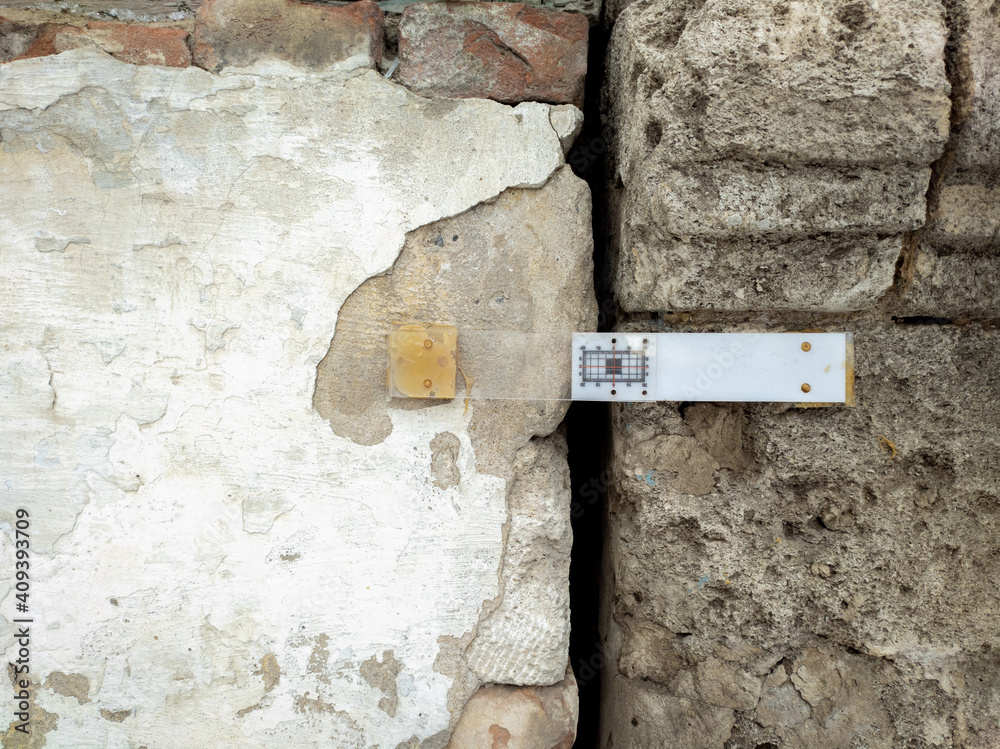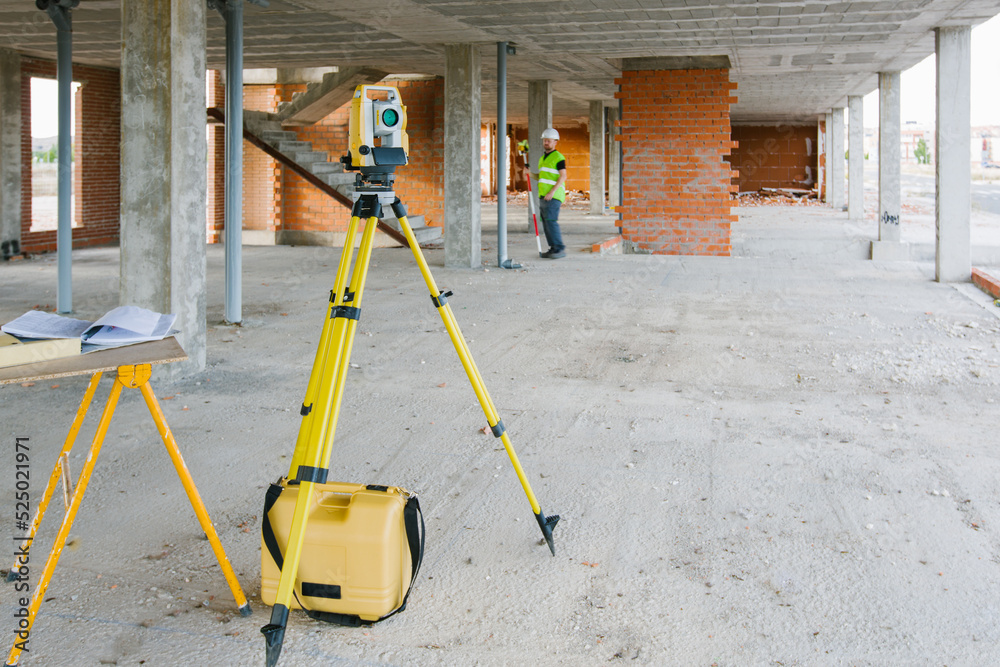Before starting any construction project, it’s important to first conduct a feasibility study. This will help you determine if the project is actually achievable and worth undertaking. A feasibility study is essentially a research process that looks at all aspects of the proposed project. This includes everything from the budget and timeline to the construction methodologies that will be used. Conducting a feasibility study can seem like a daunting task, but it doesn’t have to be. This blog post will walk you through everything you need to know about writing a feasibility study for your construction project, including what to include and how to go about it.
Before starting any construction project, it’s important to first conduct a feasibility study. This will help you determine if the project is actually achievable and worth undertaking. A feasibility study is essentially a research process that looks at all aspects of the proposed project. This includes everything from the budget and timeline to the construction methodologies that will be used. Conducting a feasibility study can seem like a daunting task, but it doesn’t have to be. This blog post will walk you through everything you need to know about writing a feasibility study for your construction project, including what to include and how to go about it.
What is a feasibility study?
A feasibility study is an important step in the construction project planning process. It is conducted to determine if a proposed project is technically feasible, financially viable, and suitable for the intended audience. The study also assesses the risks and potential problems that could occur during the execution of the project.
A feasibility study should be comprehensive and examine all aspects of the proposed project. It should consider the technical feasibility, financial viability, operational feasibility, legal feasibility, and schedule feasibility. Each of these factors must be given due consideration in order to make an informed decision about whether or not to proceed with the project.
Technical Feasibility
The technical feasibility looks at whether or not the proposed project can be completed with available resources and within the required timeframe. This includes assessing the skills and experience of the construction team, as well as availability of materials and equipment.
Financial Viability
The financial viability looks at whether or not the project can be completed within budget and generate enough revenue to cover its costs. This includes assessing the projected costs of labor, materials, equipment, and permits.
Operational Feasibility
The operational feasibility looks at whether or not the project can be successfully operated once it is completed. This includes assessing the training needs of staff, as well as developing procedures for ongoing maintenance and repair.
Legal Feasibility
The legal feasibility looks at whether or not there are any legal restrictions that would prevent the project from being completed. This includes assessing building codes and zoning regulations.
Schedule Feasibility
The schedule feasibility looks at whether or not there is sufficient time to complete all phases of the project before the intended date of completion.
You could take a look at the RIBA plan of work to get an idea of what is involved to deliver the project.
Why is a feasibility study important for construction projects?
A feasibility study is important for construction projects because it helps identify potential problems and issues that could impact the project’s success. It also allows stakeholders to assess the potential risks and rewards associated with the project, and to make informed decisions about whether or not to proceed with the construction project.



![]()
Project Team



How to write a feasibility study for your construction project
How to write a feasibility study for your construction project
When you are planning a construction project, it is essential to conduct a feasibility study to ensure that the project is viable and will be successful. There are many factors to consider when writing a feasibility study, including the cost of the project, the timeline, the resources required, and any potential risks.
The first step in writing a feasibility study is to define the scope of the project. What are you trying to achieve? What are your goals and objectives? Once you have defined the scope, you can begin to research the costs associated with the project. This includes materials, labor, permits, and any other fees that may be required.
What to Consider in a Feasibility Study
Consider the project timeline, including how long it will take to complete and any deadlines that need to be met.
Also, think about the resources required for the project, including equipment, personnel, and materials.
Finally, consider any potential risks associated with the project, including what could go wrong and the consequences of failure.
What Should Be Included in a Feasibility Study?
- The site of the proposed construction project
- The existing infrastructure at the site
- The projected demand for the construction project
- The financial viability of the construction project
- The regulatory environment for the construction project
- The technical feasibility of the construction project
- The risks associated with the construction project

Tips for writing a successful feasibility study
A feasibility study is an important step in any construction project. It is a detailed analysis of the project, its costs, and its benefits. A feasibility study can help you determine if a construction project is feasible, and if so, how to make it successful.
Define the scope of the project. What are the goals of the project? What are the objectives? What are the deliverables?
Conduct a cost analysis. What are the estimated costs of the project? Are there any ways to reduce costs?
Analyze the benefits of the project. What are the potential benefits of the project? How will it impact the community?
Consider risks and challenges. What are some risks and challenges associated with the project? How can they be mitigated?
Create a timeline and milestones. When do you expect to complete each phase of the project? What are some milestones that need to be met along the way?
Write a clear and concise report. The feasibility study should be well-written and easy to understand. It should include all relevant information about the project, as well as your conclusions and recommendations.
How to use a feasibility study to get funding for your construction project
If you’re looking to get funding for your construction project, a feasibility study is a great way to do it. Here’s how to use one:
First, identify the scope of your project and what you hope to accomplish with it. This will help you determine the feasibility of your project and what kind of resources you’ll need.
Next, put together a budget for your project. Make sure to include all costs, both upfront and ongoing.
Once you have your scope and budget in place, it’s time to start writing your feasibility study. Include an executive summary, project description, market analysis, financial analysis, and risk assessment.
Once your feasibility study is complete, submit it to potential investors or lenders for review. They’ll use it to determine whether or not they’re willing to provide funding for your construction project.
What goes into a feasibility study for a construction project?
What goes into a feasibility study for a construction project?
When writing a feasibility study for a construction project, there are many factors to consider. The first is the project’s budget. How much can you realistically afford to spend on the project? This will help you determine if the project is feasible in the first place.
Next, you’ll need to look at the project’s timeline. How long will it take to complete the project? Again, this will help you determine if the project is feasible.
You’ll also need to consider the resources required for the project. Do you have all of the necessary equipment and manpower? If not, can you reasonably acquire them?
Once you’ve considered all of these factors, you can start writing your feasibility study. Begin by outlining your goals for the project and what you hope to achieve. Then, outline your budget and timeline constraints. Next, detail the resources required for the project and how you plan to acquire them. Finally, provide your overall assessment of whether or not the project is feasible.

Who do you need to write a feasibility study?
Who do you need to write a feasibility study?
A feasibility study is typically written by a project manager, an architect, a development manager or an engineer. However, anyone who knows the project’s scope and constraints can write a feasibility study. Background knowledge of construction from stage 0 to 7 may also be essential to identify the financial and technical restrictions.
Conclusion
A feasibility study is a key component of any construction project, ensuring its success. It’s crucial to consider various factors, including budget, timeline, and resources, to guarantee the project’s viability.
For a successful construction project, it’s essential to conduct thorough research and analysis. This includes assessing the project’s feasibility, identifying potential risks, and developing strategies to mitigate them.
A well-structured feasibility study can significantly increase the chances of a construction project’s success. It provides a clear understanding of the project’s viability, enabling informed decision-making.
